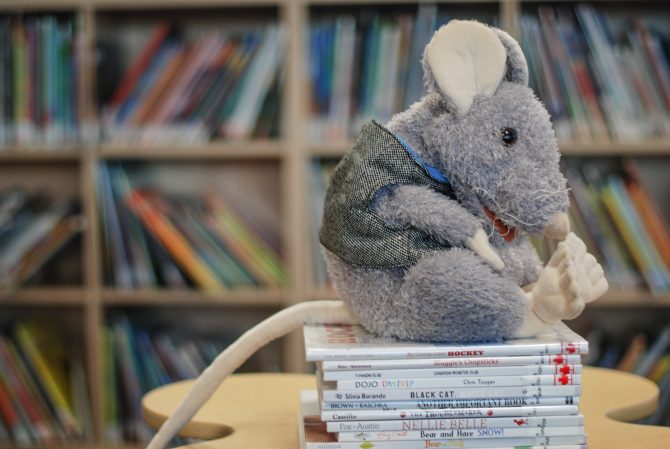Creating a literacy-rich home environment is a powerful way to support your child's language and reading skills. When your child’s daily life is filled with books and language activities, they develop a strong foundation for literacy. In this blog post, we will explore tips and strategies for building a literacy-rich home environment that fosters a love for reading and enhances your child's language development.
Read Together Every Day:
Make reading a daily ritual in your household. When you can, set aside a specific time for shared reading, such as before bedtime or after dinner. Children of any age can be read to, even newborns! Reading together promotes bonding, builds an understanding of how books work and exposes children to different stories and vocabulary. Read for as long as your child is interested and don’t worry if it’s short - their attention will increase over time.
Make Books Easily Accessible:
Put books where your child can reach them, like on low shelves or in baskets. Or make a special place for reading in your home, like a comfy chair with books nearby. This shows that reading is important and enjoyable. Additionally, visit your local EPL branch regularly to borrow a variety of books about topics your child likes.
Be a Reading Role Model:
Children learn by example, so let them see you reading for pleasure. Set aside time for your own reading and share your enthusiasm for reading with your child. The language and the type of reading material (books, magazines, comics) do not matter. Discuss what you're reading and encourage them to share their thoughts and opinions about the books they are reading. When children observe their parents valuing reading, they are more likely to develop a love for reading themselves.
Use Print in Daily Life:
Use books and written materials in your daily activities. Show your child the print that is already present in your home, like on grocery lists, food boxes and household items. Take an extra step and put simple labels with words or pictures on everyday objects to help your child connect spoken words to written ones. You can also use magnetic letters on the refrigerator to create words or make a word wall with common words your child is learning. The more your child sees print, the better they will recognize and understand its meaning.
Do Language Activities:
You can use everyday household activities to promote language development. Narrate what you are doing throughout the day using descriptive words – “now we are putting the big red towel in the washing machine.” Sing songs to get through routine chores, like changing diapers. Play word games like "I Spy" or "The Rhyme Game" during car rides or while doing household chores. Making your day-to-day life with your child language-rich is easy, builds vocabulary and supports your child's oral language skills, which are essential for reading and writing later in life.
Creating a literacy-rich home environment is a great way to help your child become a better reader and learner. By having a cozy reading area, making books easy to access, reading together, using print around the house, doing language activities and being a reading role model, you can set a strong foundation for your child's love of reading and learning. Every moment spent in a literacy-rich environment is an investment in your child's education.
Recommended Resources:
- The Read-aloud Family by Sarah Mackenzie
- The Read Aloud Factor by Rehka S. Rajan
- EPL from Home: Sing-alongs for song ideas
- Early World of Learning from World Book for interactive games, stories and activities. Free access with your EPL library card
- Kanopy Kids has a vast collection of videos including read-along storybooks and story times. You can access the site for free with your EPL library card



Add a comment to: Beyond ABCs: Crafting a Literacy-Rich Home